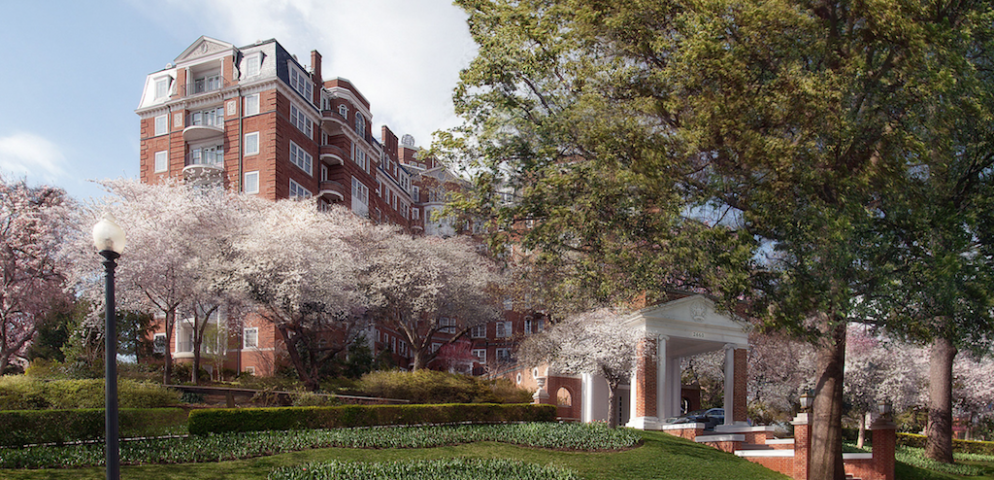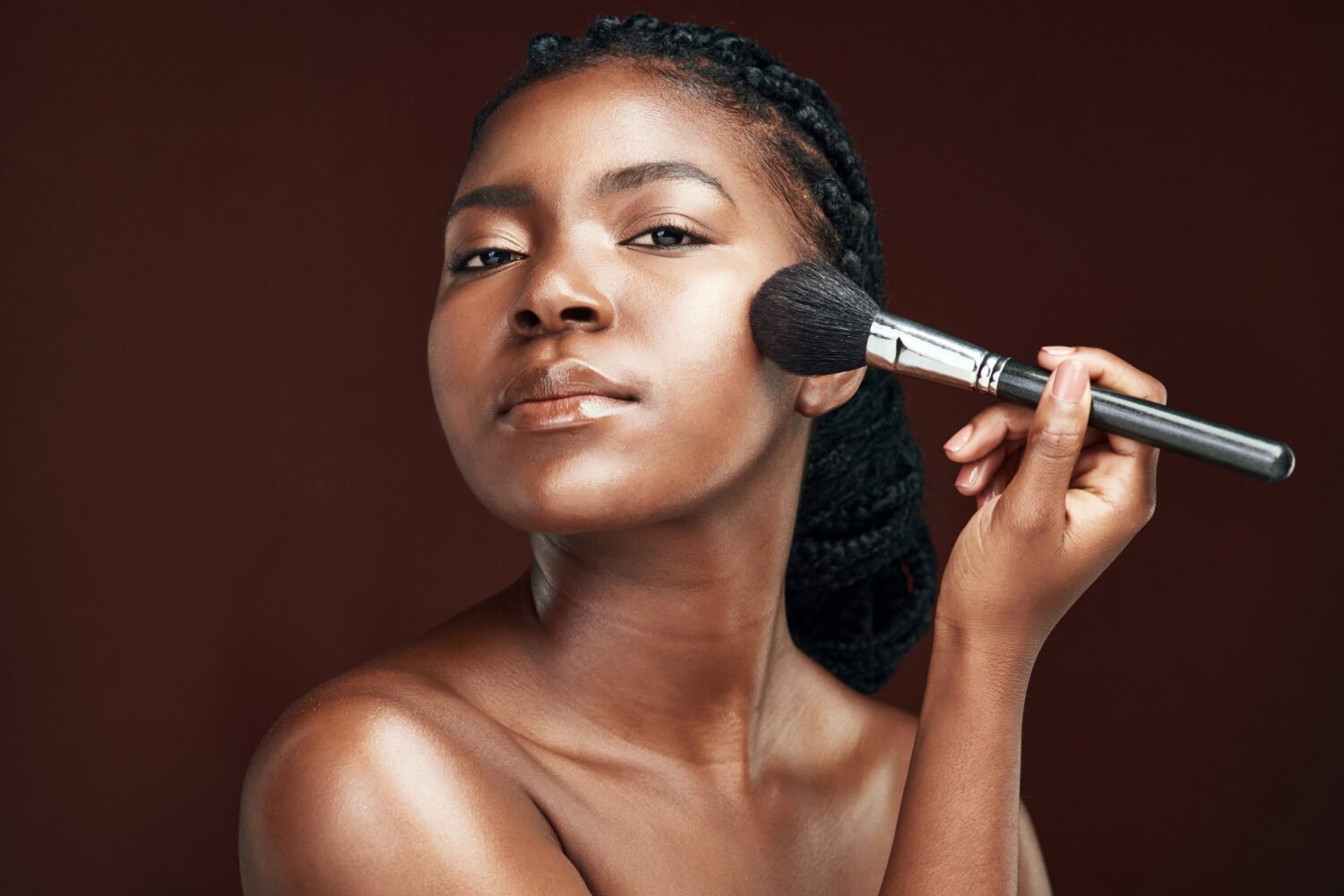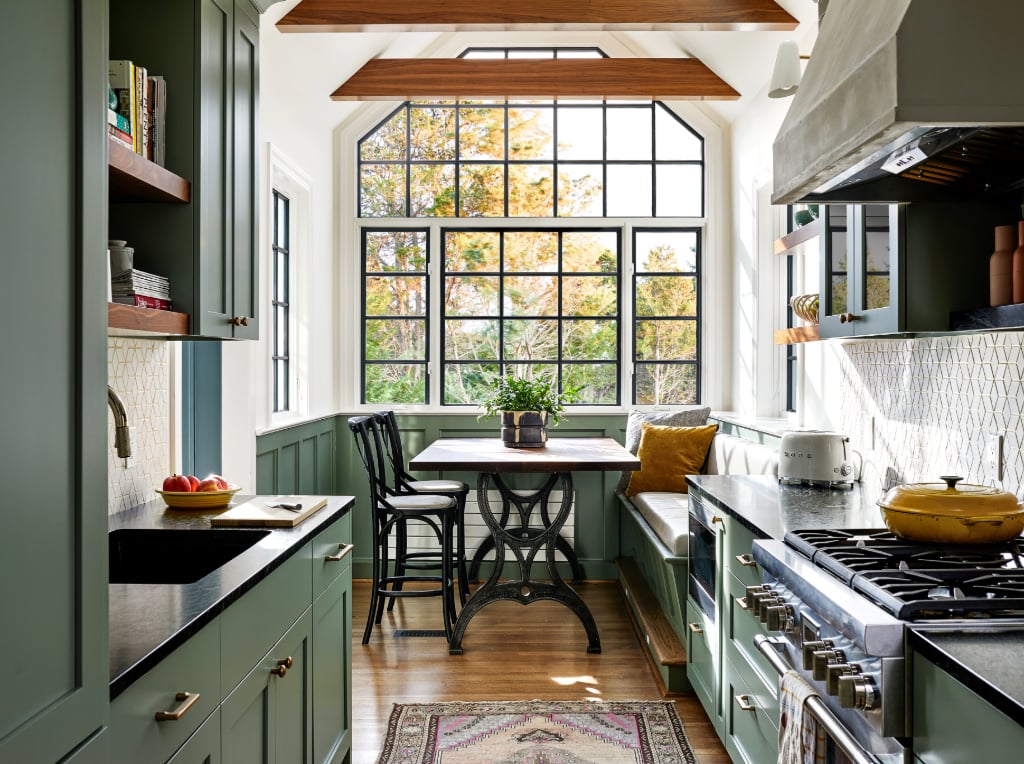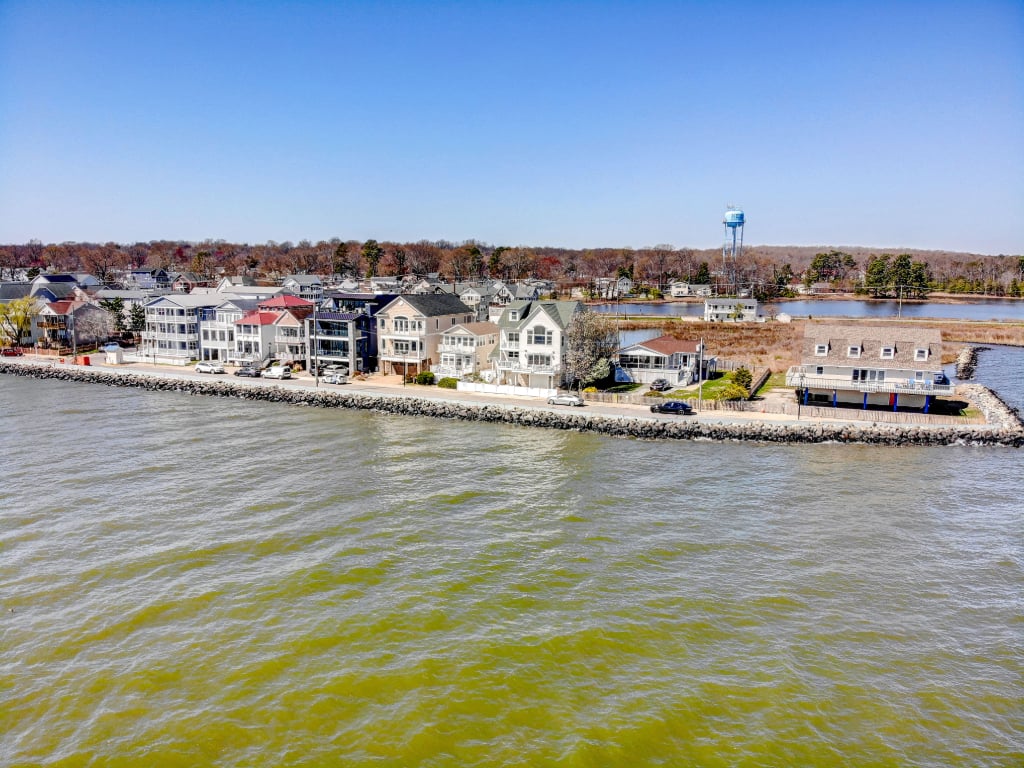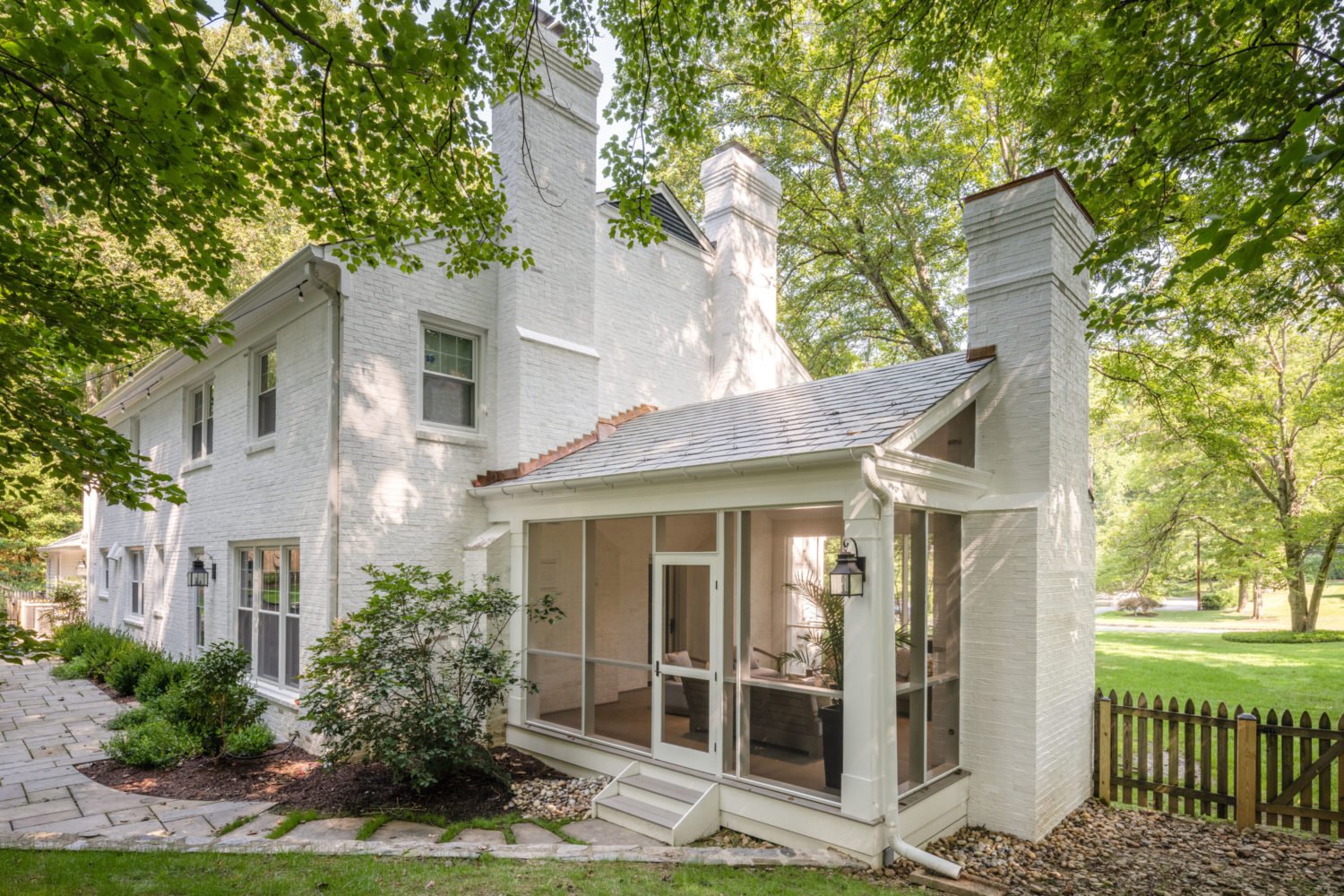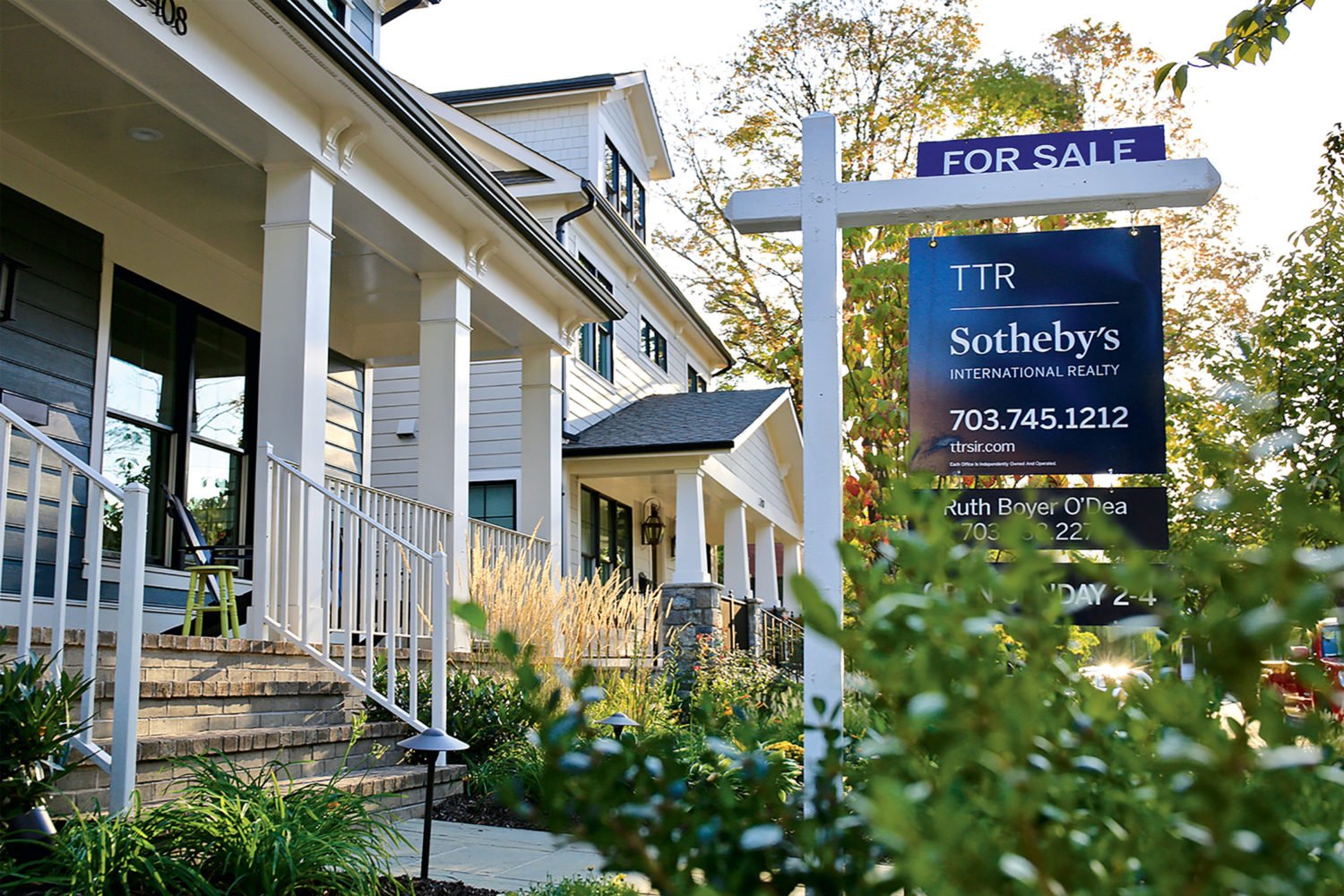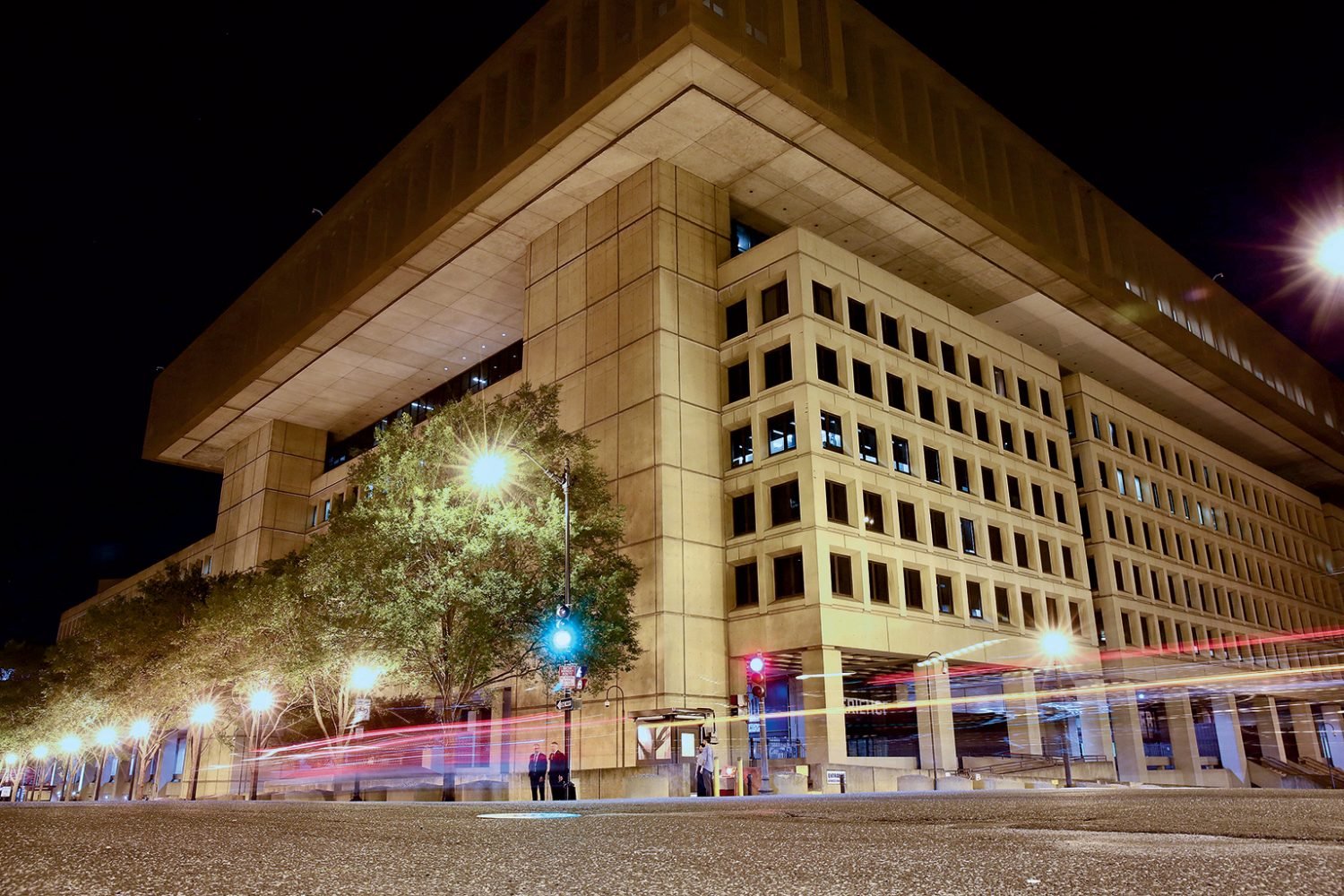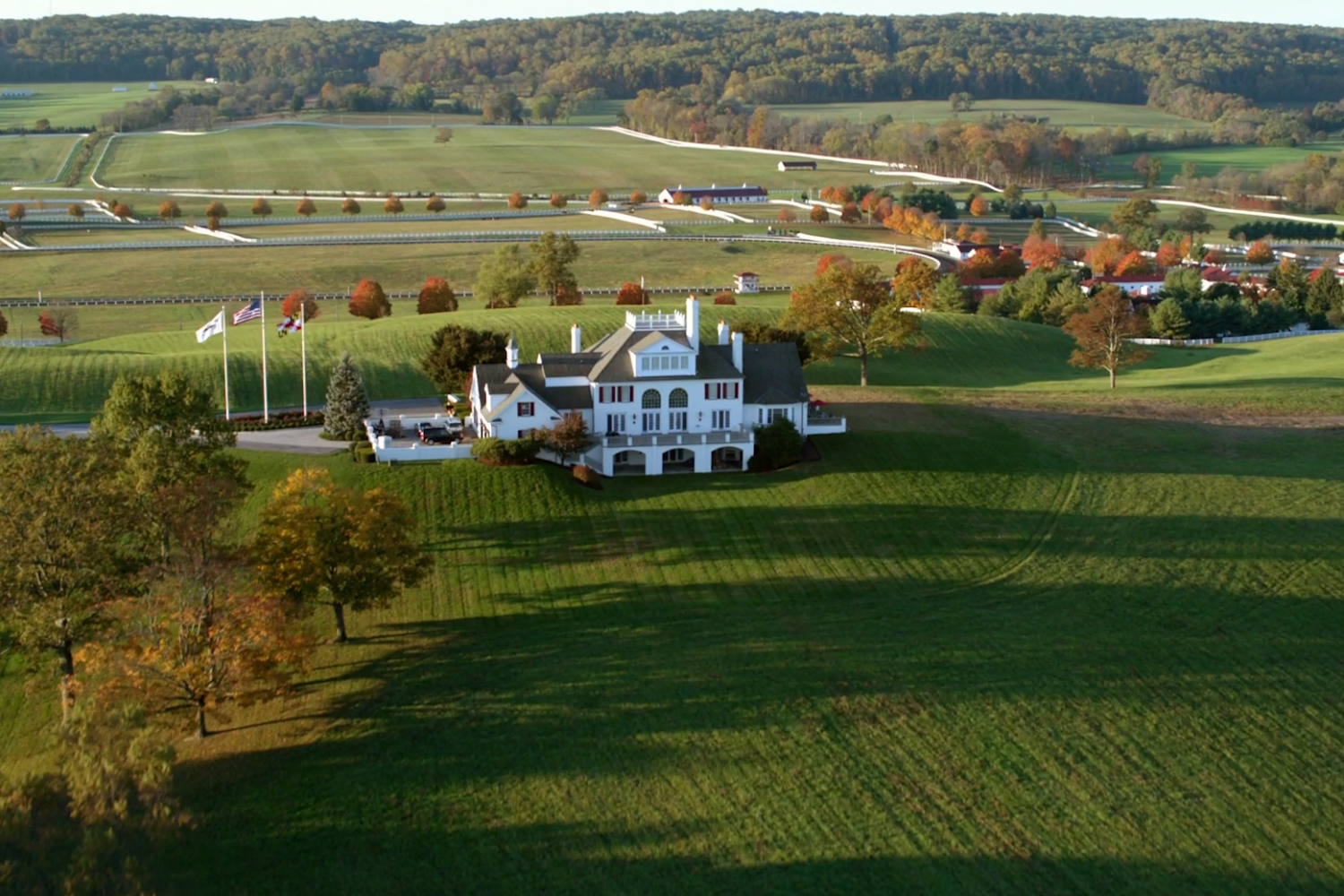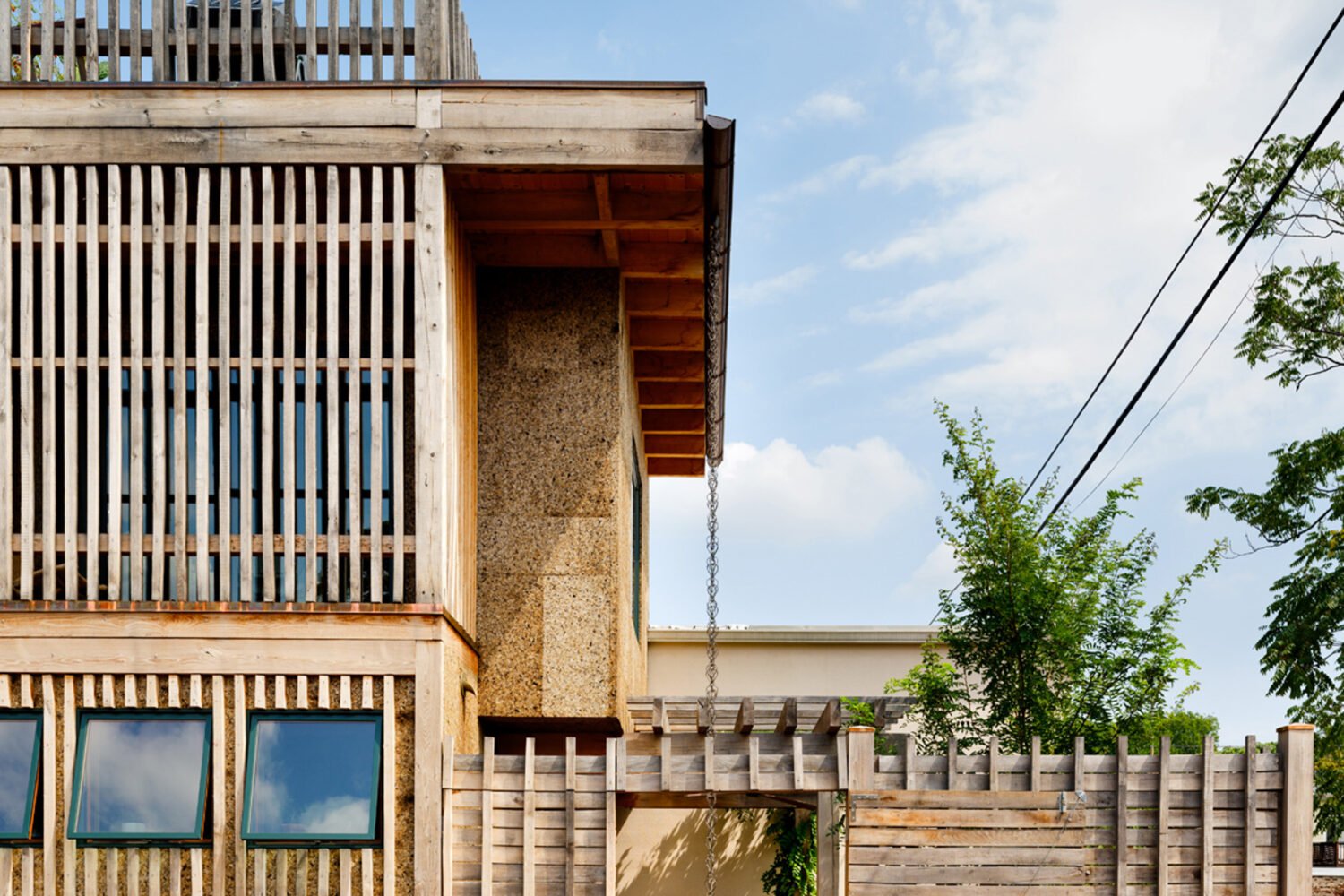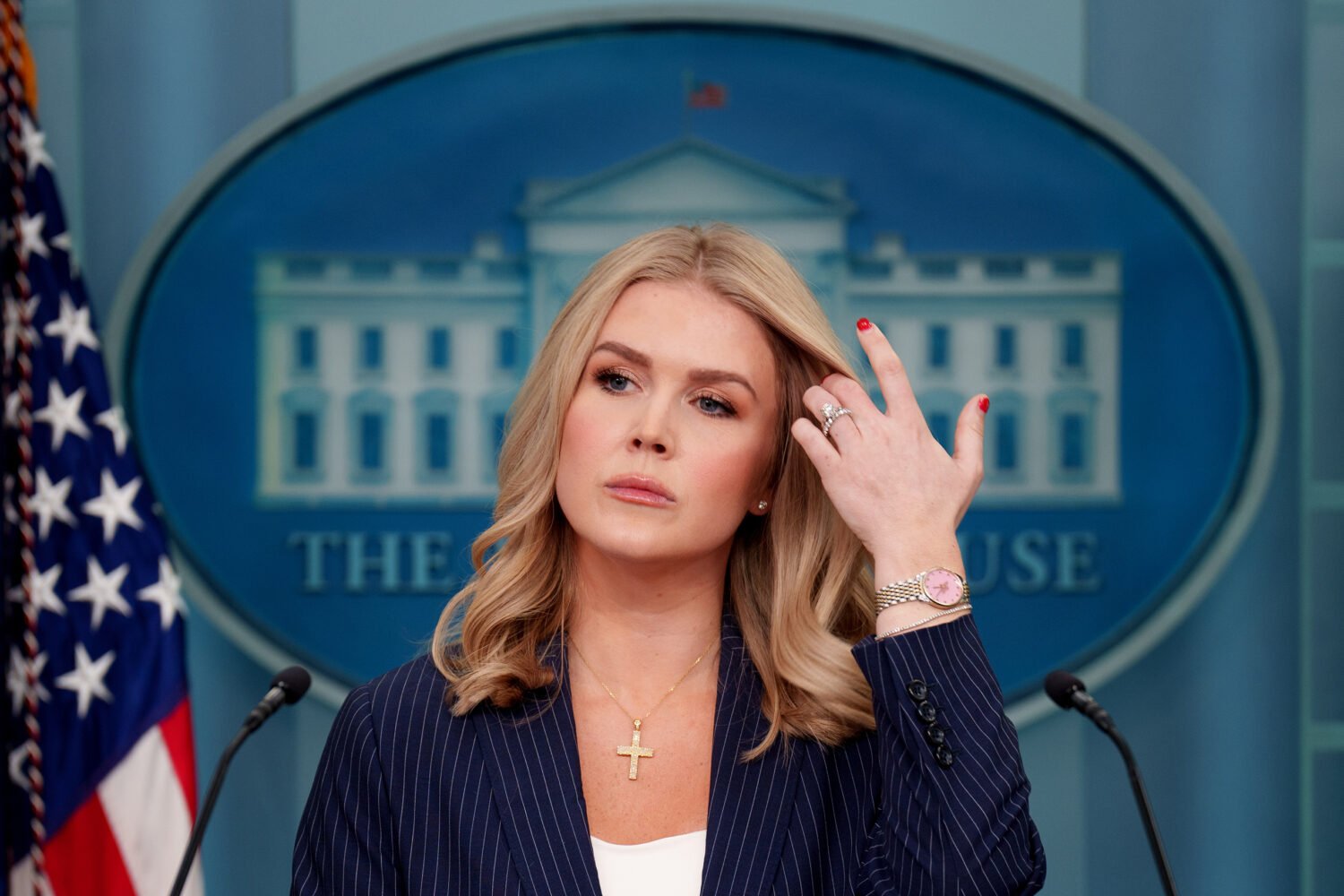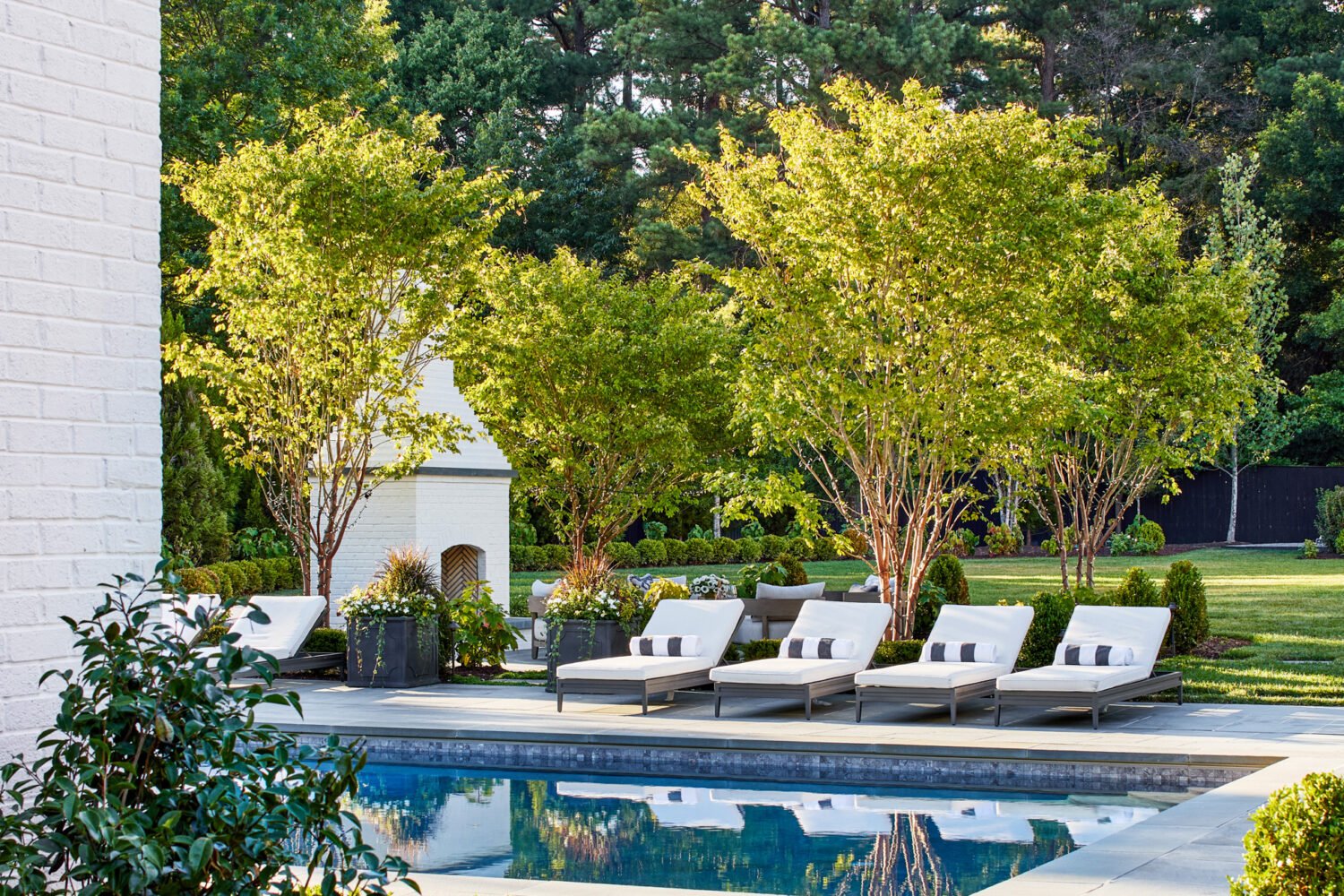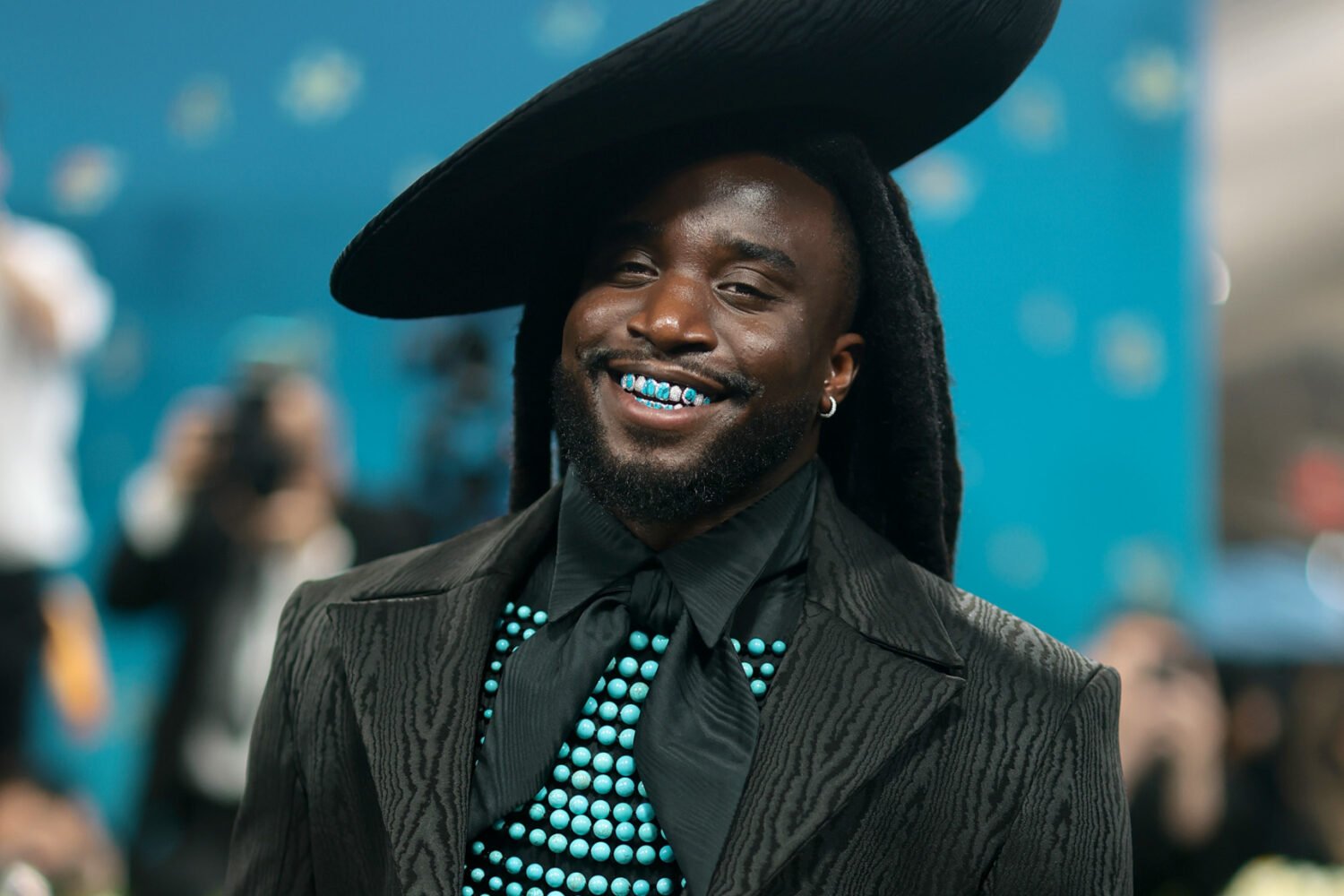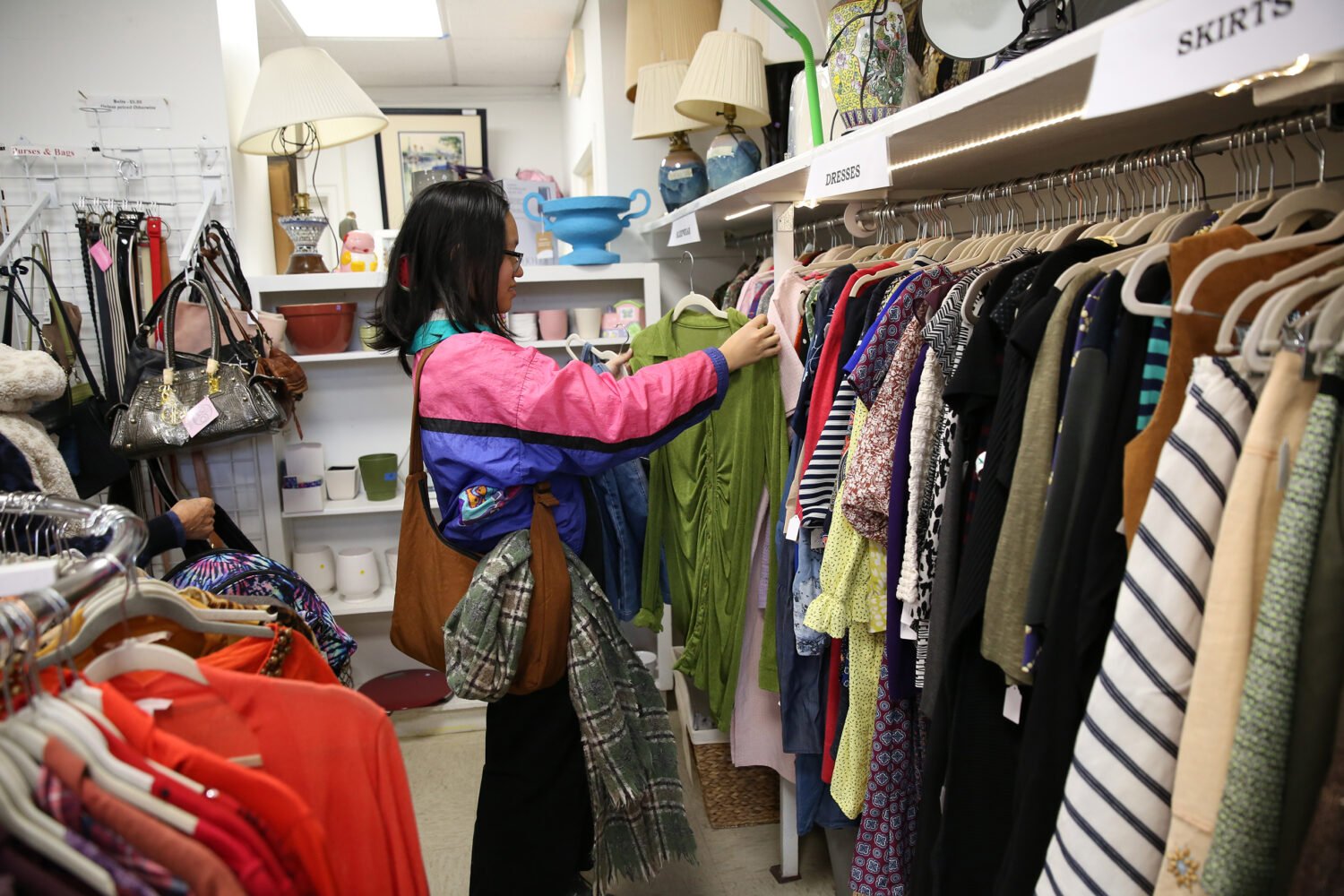As if you didn’t already know luxury real estate is officially a thing in DC, there was a whole conference on it yesterday.
Hosted by real-estate brokerages Urban Pace and Long & Foster | Christie’s, the first annual event focused on luxury trends in DC and beyond. While places like 432 Park Avenue in New York or Porsche Design Tower in Miami are making headlines for their high-end amenities and design, DC is not far behind. Here are five things we learned:
1. There are currently more than 200 properties listed at $1 million or more in DC.
While the majority of DC’s higher sales fall between $1- and $3 million, according to Urban Pace president Clint Mann, places like Wardman Tower are listing penthouses for more than $9 million.
2. Real-estate types are convinced that renters and buyers are willing to pay for all those fancy amenities driving up costs.
Practically every luxury building that hits the market these days touts its own doggie spa, rooftop pool, and state-of-the-art “fitness center” (it seems the word “gym” has been banished from the real-estate marketing lexicon). Places like The Hepburn and 2501 M also have wine lounges, valet service, and catering kitchens—not to mention 24-hour staff.
While it may be hard to believe that the exorbitant condo and amenity fees that accompany such perks aren’t a turn-off to some, Mann said his clients are happy to pay more for these luxuries. New York architect Morris Adjmi, whose architecture firm helped develop Atlantic Plumbing, said, “We’re seeing that hospitality sites want to feel more like a home, and homes want the conveniences of a hotel.”
3. Designers from even more expensive markets are bullish on DC.
“What we’ve accomplished [in Toronto] in 20 years, DC has accomplished in 10,” said Elaine Cecconi of design firm Cecconi Simone. Her business is based in the Canadian city, but has come to DC for high-end projects like The Hepburn and the City Market at O. DC Developers “want to be the best,” she said. “DC is not afraid to go there.”
Adjmi agreed, saying that Atlantic Plumbing far surpassed its expected sales when opened: “DC is now rewarding design.”
4. More and more international buyers are looking at DC.
It goes without saying that DC is an international city. But the luxury real-estate market is reflecting that more than ever. At the Adele, a new high-end building on 16th Street, NW—with a direct sightline to the White House—there hasn’t been a single sale to a local buyer, said Mann. Instead, it’s all international or non-DC buyers, a trend Mann said he’s seeing more frequently.
5. The term “vertical village.”
Maybe you thought developments like Atlantic Plumbing, with a movie theater beneath condos, or the Channel apartments at the Wharf, which sit atop the Anthem, were examples of mixed-use buildings. So did we.
But yesterday, we heard a new term: “vertical village” which means…the same thing. “Villages are no longer horizontal; they’re vertical,” said Anna Simone of Cecconi Simone. In a vertical village, everything you need is just below your home, she explained, and buyers are willing to pay more for that convenience.
(Like, a lot more.)

